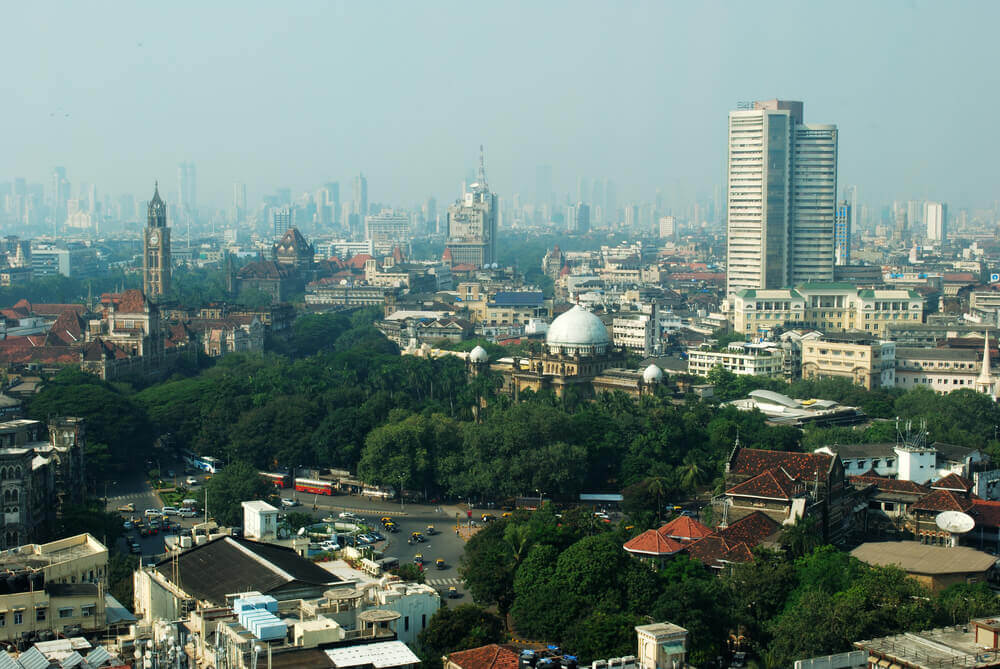Indian Prime Minister Shri Narendra Modi’s government may extend rice export curbs as the output for the grain is expected to drop for the first time in eight years this year ahead of the five state elections.
The top rice-exporting country has drawn attention after New Delhi prohibited non-basmati white rice exports in July, increasing prices worldwide.
Still, the outlook for the crop has been uncertain due to irregular monsoons. Production is forecast to drop as much as 8% from the prior year despite expanded paddy cultivation.
Furthermore, lower manufacturing plus persistently high rice prices in India ahead of the November elections and the 2024 general election have fueled concerns over extended grain export limits from the government.
A farmer in Uttar Pradesh has seen their paddy fields bounce back from a challenging season comprising early dry spells and floods. However, heavy rain and strong winds ruined their rice crop before harvesting. The farmer said a two-week delay in rain could have boosted their yields by 30%.
Crop loss poses challenges for Asian and African governments and consumers, who have had difficulty obtaining grain supplies since global prices hit a 15-year high after India curbed its rice exports, which represent 40% of the worldwide rice trade.
Extended export limits may raise food costs due to low inventories in key exporting nations like Thailand, Vietnam, Pakistan, and Myanmar.
A New Delhi-based dealer said that as elections near, the Indian government’s hypersensitivity to food prices allows a small output slide to be enough to support the case for keeping export prohibitions.
In addition, a senior government official affirmed that India has no immediate plans to lift restrictions on any rice grades in the near future.
Elections May Affect Rice and Food Prices
In India, food inflation is a significant concern, and the government has imposed bans and restrictions on exports of wheat as well as sugar and onion respectively.
New Delhi has also permitted duty-free imports of pulses to control prices.
Despite export limitations, domestic rice prices have stayed nearly 15% higher than a year earlier.
Meanwhile, India mulls prolonging a program offering free or subsidized cereals to over 800 million people, with a shift to rice increasing due to depleting wheat supplies.
The country’s largest rice exporter, Satyam Balajee, said the government focuses on ensuring adequate rice supplies for subsidized distribution. Export factors will only be considered after next year’s general elections, according to the company.
Additionally, major rice exporter Olam Agri India said India’s curbs have led to higher exports in Thailand and Vietnam, but with limited surpluses.
The firm believed that if India maintains the export ban for a while, filling the supply hole could be challenging, resulting in the potential for much higher prices.











